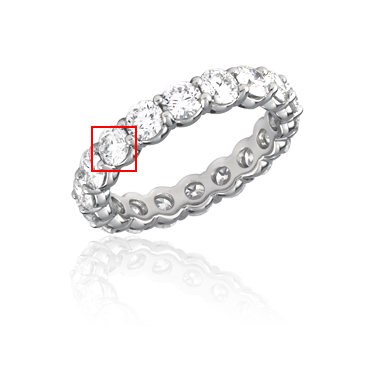lab SERVICES
Just what you want. GCAL offers a variety of lab services to fit your specific needs. From cut analysis to laser inscription
to QA & lab-grown diamond detection, GCAL's a' la carte services are customizable to meet your requirements.
Just what you want. GCAL offers a variety of lab services to fit your specific needs. From cut analysis to laser inscription
to QA & lab-grown diamond detection, GCAL's a' la carte services are customizable to meet your requirements.
NATURAL DIAMOND VERIFICATION & LAB GROWN DETECTION
Undisclosed lab-grown diamonds
Over the past two decades, gem quality lab-grown (synthetic) diamond production has matured, with the introduction of fancy colored lab-grown diamonds entering the marketplace in 2003, and colorless lab-grown diamonds following in 2012.
By 2015, it was reported that millions of carats of lab-grown diamonds were being produced annually, and there were countless reports of undisclosed lab-grown diamonds being sold as natural diamonds in the major trading centers of New York, Mumbai, Antwerp, and Hong Kong. Media outlets have begun informing and educating the public, which has driven widespread news coverage and consumer interest.
The Challenge
Because lab-grown diamonds are chemically, optically, and physically identical to natural diamonds, the detection, especially in set diamond jewelry, has become the greatest challenge the industry has faced in decades. In combination with the mass production and known infiltration into the natural mined diamond supply chain, all stakeholders in the jewelry industry have a responsibility to implement a testing protocol.
Retailers will be held accountable by the public and courts of law for selling diamond jewelry containing lab-grown diamonds or simulants without disclaimer or disclosure.
The Solution
Instituting a system of checking diamond set jewelry to ensure it is uniform in origin and correctly labeled will protect companies from what will surely be the next publicity nightmare for jewelry retailers.
Manufacturers, suppliers and retailers are required to comply with Federal Trade Commission regulations regarding use of the word ‘diamond’ to describe products. Misuse of the term ‘diamond’ could result in substantial fines, even if the issue is simply confined to nomenclature in labeling. The more significant problem is undisclosed lab-grown diamonds represented as natural diamonds, and ‘mixed’ natural and lab-grown diamond jewelry, both of which have the potential to destabilize the diamond industry.
Retailers with comprehensive screening and testing protocol in place will safeguard their diamond assets and preserve the authenticity of their diamond supply chain.

Diamond Jewelry Screening
GCAL's diamond jewelry screening service separates probable lab-grown diamonds while they are set in jewelry. Utilizing numerous leading-edge techniques, our lab identifies and then inks suspect diamonds. This 'pass' or 'refer' service is a cost effective way to screen mounted inventories, ensuring your products' authenticity and enabling you to meet retailers demand for verification protocols.
Diamond Jewelry Identification
GCAL's diamond jewelry identification service goes a step beyond the Screening Service to provide conclusive results instead of a 'refer'. Once our lab has distinguished possible lab-grown diamonds - the 'refers', we will contact you and request that you remove, or give permission for our contractors to remove, the diamond(s) in question. Loose diamonds, as small as 0.005 carats, are then further analyzed with additional techniques to reach a conclusive identification of origin - either Natural Diamond, or Lab Grown Diamond.
This service is a necessity for confidence throughout the supply chain and for compliance programs with violation penalties.





